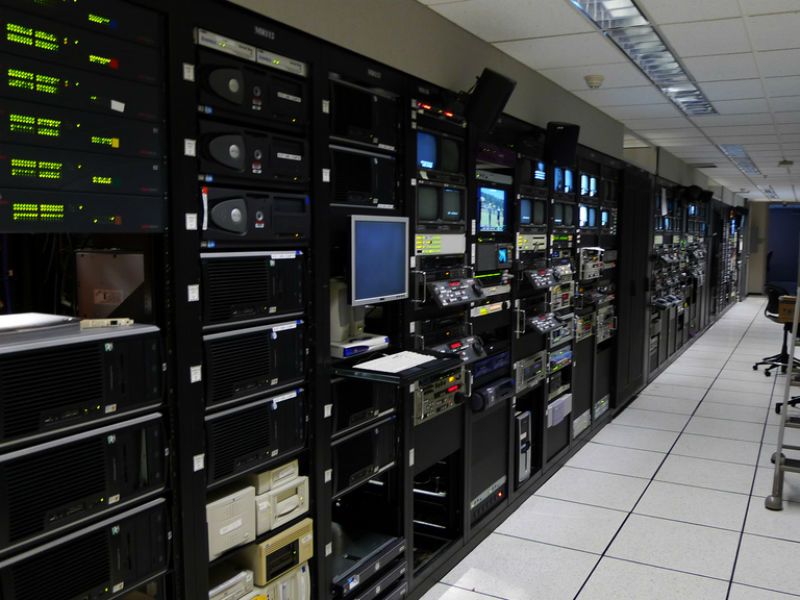

The RAM sticks, each 64GB, are above and below the CPUs. The two silver rectangles in the middle are the CPUs. Here are the specifications:ĭell PowerEdge R7525 internals.

In order to pull that off, we needed AMD EPYC chips and Dell’s PowerEdge R7525 was ideal. For the next generation, we wanted to more than double almost every performance metric in the same 2U form factor. The previous generation of database hardware was powerful but it was regularly being pushed to its limits. Eventually we may need to shard or break the single database into multiple databases, but hardware advancements have allowed us to avoid that so far. One consequence of this design is that our database machines need to be pretty powerful. We have a number of replicas of the database active at any given time, and we direct some read operations to replica database servers to reduce load on the primary. Minimizing complexity is good for security, reliability, and reducing maintenance burden. We run the CA against a single database in order to minimize complexity. We currently use MariaDB, with the InnoDB database engine. It’s designed to work with a single MySQL, MariaDB, or Percona database. Our CA software, Boulder, uses MySQL-style schemas and queries to manage subscriber accounts and the entire certificate issuance process. What exactly are we doing with these servers? In late 2020, we upgraded our database servers and we’ve been very happy with the results.

Database performance is the single most critical factor in our ability to scale while meeting service level objectives. If this database isn’t performing well enough, it can cause API errors and timeouts for our subscribers. A database is at the heart of how Let’s Encrypt manages certificate issuance. Let’s Encrypt helps to protect a huge portion of the Web by providing TLS certificates to more than 235 million websites. The Next Gen Database Servers Powering Let's Encrypt


 0 kommentar(er)
0 kommentar(er)
